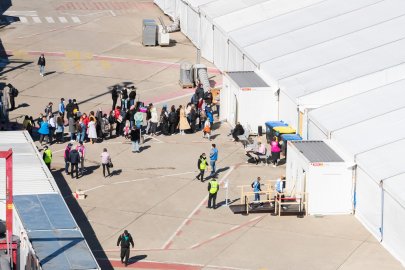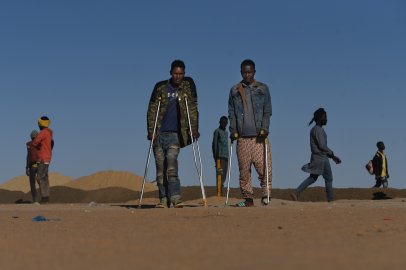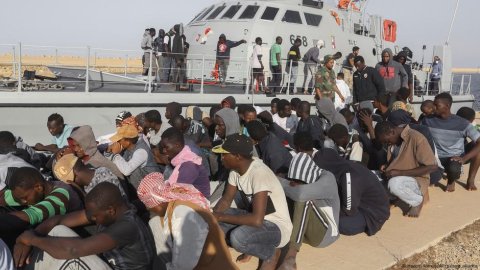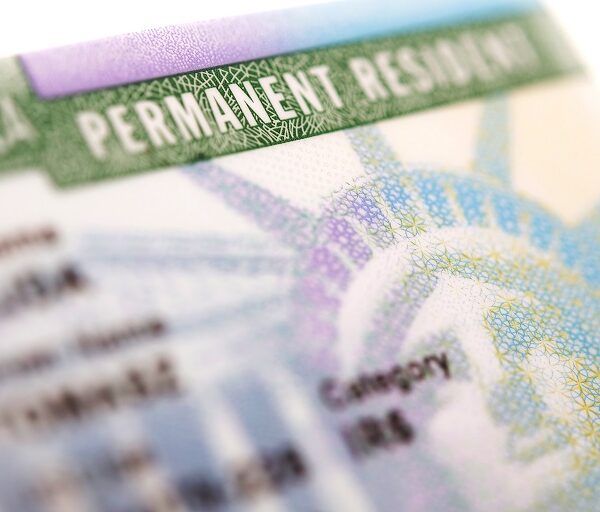Rising Violence Against Migrants and Refugees in Berlin: A Concern
In recent months, Berlin has witnessed a troubling increase in violence directed at migrants, asylum seekers, and refugees. This alarming trend raises important questions about the safety and well-being of these vulnerable groups as they navigate their lives in a new country. In this article, we will explore the underlying factors contributing to this rise in violence, examine the effects on the migrant community, and discuss potential solutions to combat this disturbing trend.
The Escalation of Violence
Berlin, known for its rich history of diversity and inclusion, has seen a surge in attacks against migrants and refugees. Reports indicate that incidents of violence have markedly increased, manifesting in various forms, including physical assaults, verbal harassment, and vandalism of shelters.
Key statistics reveal that:
- There has been a reported increase in hate crimes targeting migrants over the past year.
- Many attacks are fueled by extremist groups who propagate anti-immigrant sentiments.
- Local authorities have expressed concern about the safety of asylum seekers, particularly in neighborhoods with high migrant populations.
The rise in violence is not only a concern for the immediate safety of individuals but also reflects a broader societal issue regarding the acceptance and integration of migrants in German society.
Factors Contributing to Violence
Several factors contribute to the increase in violence against migrants and refugees in Berlin. Understanding these elements is crucial for developing effective strategies to combat the issue.
1. Economic Strain
As Germany grapples with economic challenges, some locals may project their frustrations onto migrants, blaming them for job shortages and economic instability. This misplaced anger can manifest in violent outbursts and xenophobic attitudes.
2. Political Rhetoric
The political climate in Germany has shifted, with some political parties leveraging anti-immigrant rhetoric to gain support. This rhetoric can legitimize hostility towards migrants and create an environment where violence is more acceptable.
3. Social Isolation
Many migrants face social isolation, which can lead to frustration and despair. This isolation can make them more vulnerable to attacks and less likely to report incidents of violence to authorities.
The Impact on Communities
The rise in violence against migrants and refugees not only affects the immediate victims but also has a ripple effect on the broader community.
Impacts include:
- Increased fear among migrant populations, leading to a reluctance to seek assistance or integrate into society.
- Strained relations between different cultural groups, fostering division and mistrust.
- Potential backlash against local communities, as violent incidents may attract negative attention to neighborhoods.
As communities grapple with these challenges, it is essential to address the root causes of violence and promote understanding among different cultural groups.
Strategies for Combating Violence
To address the rising violence against migrants and refugees in Berlin, comprehensive strategies must be implemented. These strategies should focus on prevention, support, and community engagement.
1. Education and Awareness
Increasing public awareness about the contributions of migrants to society can help counteract negative stereotypes. Educational programs aimed at promoting understanding and tolerance can foster a more inclusive environment.
2. Strengthening Law Enforcement
Local authorities must take a strong stance against hate crimes and violence. This includes better training for law enforcement officers to recognize and respond to hate-driven violence effectively.
3. Community Support Systems
Establishing support networks for migrants and refugees can provide them with resources and a sense of belonging. Community centers, mentorship programs, and cultural exchange initiatives can promote integration and reduce isolation.
4. Collaboration with NGOs
Non-governmental organizations play a crucial role in supporting migrants and advocating for their rights. Collaboration between local government and NGOs can enhance services offered to migrants, helping them navigate challenges and feel safer.
The Role of Media in Shaping Narratives
The media plays a pivotal role in shaping public perception of migrants and refugees. Responsible reporting can help combat misinformation and promote a balanced view of the migrant experience.
Media outlets can contribute by:
- Highlighting the positive contributions of migrants to society.
- Reporting on acts of kindness and solidarity within communities.
- Providing a platform for migrants to share their stories and experiences.
By focusing on the human side of migration, media can foster empathy and understanding, ultimately reducing hostility.
Conclusion
The rising violence against migrants and refugees in Berlin is a pressing concern that requires immediate attention. By understanding the factors contributing to this violence and implementing effective strategies, we can work towards creating a safer, more inclusive society for everyone. Promoting education, strengthening law enforcement, building support systems, and engaging with the media are essential steps in combatting this disturbing trend.
As a community, it is crucial to stand in solidarity with migrants and refugees, ensuring that they can live without fear and contribute positively to the diverse tapestry of Berlin. The fight against violence is not just about protecting vulnerable populations; it is about upholding the values of humanity, compassion, and respect for all individuals, regardless of their background.







